"The history of silver mining and its impact on jewelry production"
Silver mining has a long and rich history, dating back to ancient times. This precious metal has been used for many purposes, including jewelry production. In this article, we will explore the history of silver mining and its impact on jewelry production, while highlighting our brand name, Silvermark, and our website, www.silvermark.in.
The History of Silver Mining
Silver has been mined for thousands of years, with evidence of silver mining dating back to ancient civilizations such as the Greeks, Romans, and Egyptians. These civilizations used silver for a variety of purposes, including currency, decoration, and jewelry.
In the Americas, silver mining became a major industry during the colonial period. The discovery of rich silver deposits in Mexico, Peru, and Bolivia led to the development of large-scale mining operations, which fueled the growth of empires and financed wars. The famous Potosí mine in Bolivia, for example, produced more than 60,000 tons of silver in the 16th century alone.
During the Industrial Revolution, new technologies such as steam power and the cyanide process made it possible to extract silver from ores more efficiently. This led to an explosion in silver mining, particularly in the United States, which became the world's largest producer of silver in the late 19th century.
The Impact of Silver Mining on Jewelry Production
Silver has been used for jewelry production for centuries, and the availability of silver from mining operations has had a significant impact on the development of jewelry-making techniques and styles.
In ancient times, silver jewelry was often cast using the lost-wax method, which involved creating a wax model of the jewelry and then casting it in silver. As silver became more widely available, jewelers began to experiment with new techniques, such as filigree and repoussé, which allowed for more intricate and detailed designs.
During the Art Nouveau period in the late 19th and early 20th centuries, silver was a popular material for jewelry due to its malleability and luster. Jewelers such as René Lalique and Georges Fouquet created stunning pieces featuring naturalistic motifs and innovative techniques such as enameling.
Today, silver remains a popular material for jewelry due to its affordability, versatility, and durability. At Silvermark, we specialize in creating high-quality silver jewelry using traditional techniques such as filigree and repoussé, as well as innovative designs that reflect the latest trends.
The History of Silver Mining
Silver has been mined for thousands of years, with evidence of silver mining dating back to ancient civilizations such as the Greeks, Romans, and Egyptians. These civilizations used silver for a variety of purposes, including currency, decoration, and jewelry.
In the Americas, silver mining became a major industry during the colonial period. The discovery of rich silver deposits in Mexico, Peru, and Bolivia led to the development of large-scale mining operations, which fueled the growth of empires and financed wars. The famous Potosí mine in Bolivia, for example, produced more than 60,000 tons of silver in the 16th century alone.
During the Industrial Revolution, new technologies such as steam power and the cyanide process made it possible to extract silver from ores more efficiently. This led to an explosion in silver mining, particularly in the United States, which became the world's largest producer of silver in the late 19th century.
The Impact of Silver Mining on Jewelry Production
Silver has been used for jewelry production for centuries, and the availability of silver from mining operations has had a significant impact on the development of jewelry-making techniques and styles.
In ancient times, silver jewelry was often cast using the lost-wax method, which involved creating a wax model of the jewelry and then casting it in silver. As silver became more widely available, jewelers began to experiment with new techniques, such as filigree and repoussé, which allowed for more intricate and detailed designs.
During the Art Nouveau period in the late 19th and early 20th centuries, silver was a popular material for jewelry due to its malleability and luster. Jewelers such as René Lalique and Georges Fouquet created stunning pieces featuring naturalistic motifs and innovative techniques such as enameling.
Today, silver remains a popular material for jewelry due to its affordability, versatility, and durability. At Silvermark, we specialize in creating high-quality silver jewelry using traditional techniques such as filigree and repoussé, as well as innovative designs that reflect the latest trends.
Sample Image Gallery
Sample Block Quote
Praesent vestibulum congue tellus at fringilla. Curabitur vitae semper sem, eu convallis est. Cras felis nunc commodo eu convallis vitae interdum non nisl. Maecenas ac est sit amet augue pharetra convallis.
Sample Paragraph Text
Praesent vestibulum congue tellus at fringilla. Curabitur vitae semper sem, eu convallis est. Cras felis nunc commodo eu convallis vitae interdum non nisl. Maecenas ac est sit amet augue pharetra convallis nec danos dui. Cras suscipit quam et turpis eleifend vitae malesuada magna congue. Damus id ullamcorper neque. Sed vitae mi a mi pretium aliquet ac sed elitos. Pellentesque nulla eros accumsan quis justo at tincidunt lobortis deli denimes, suspendisse vestibulum lectus in lectus volutpate.


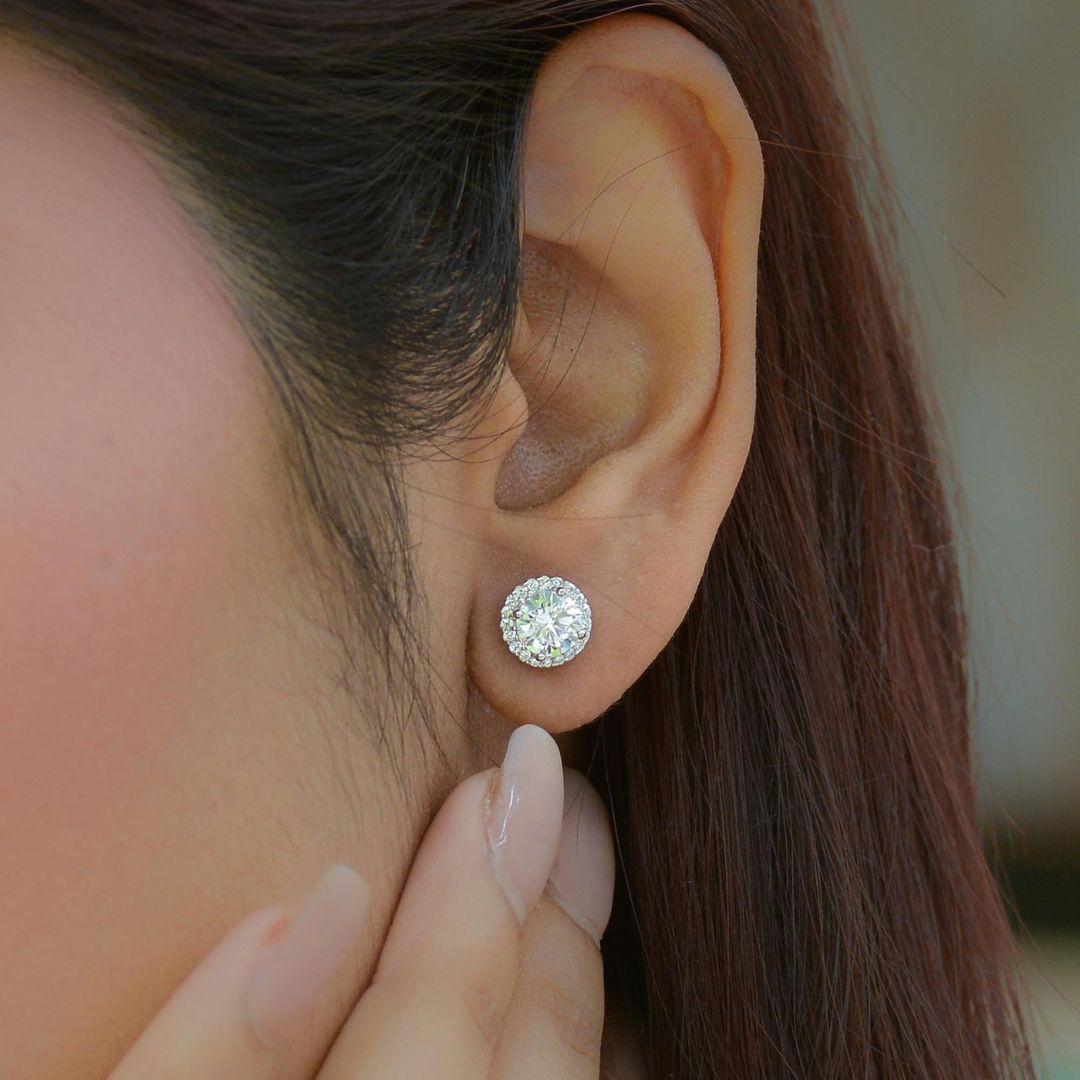

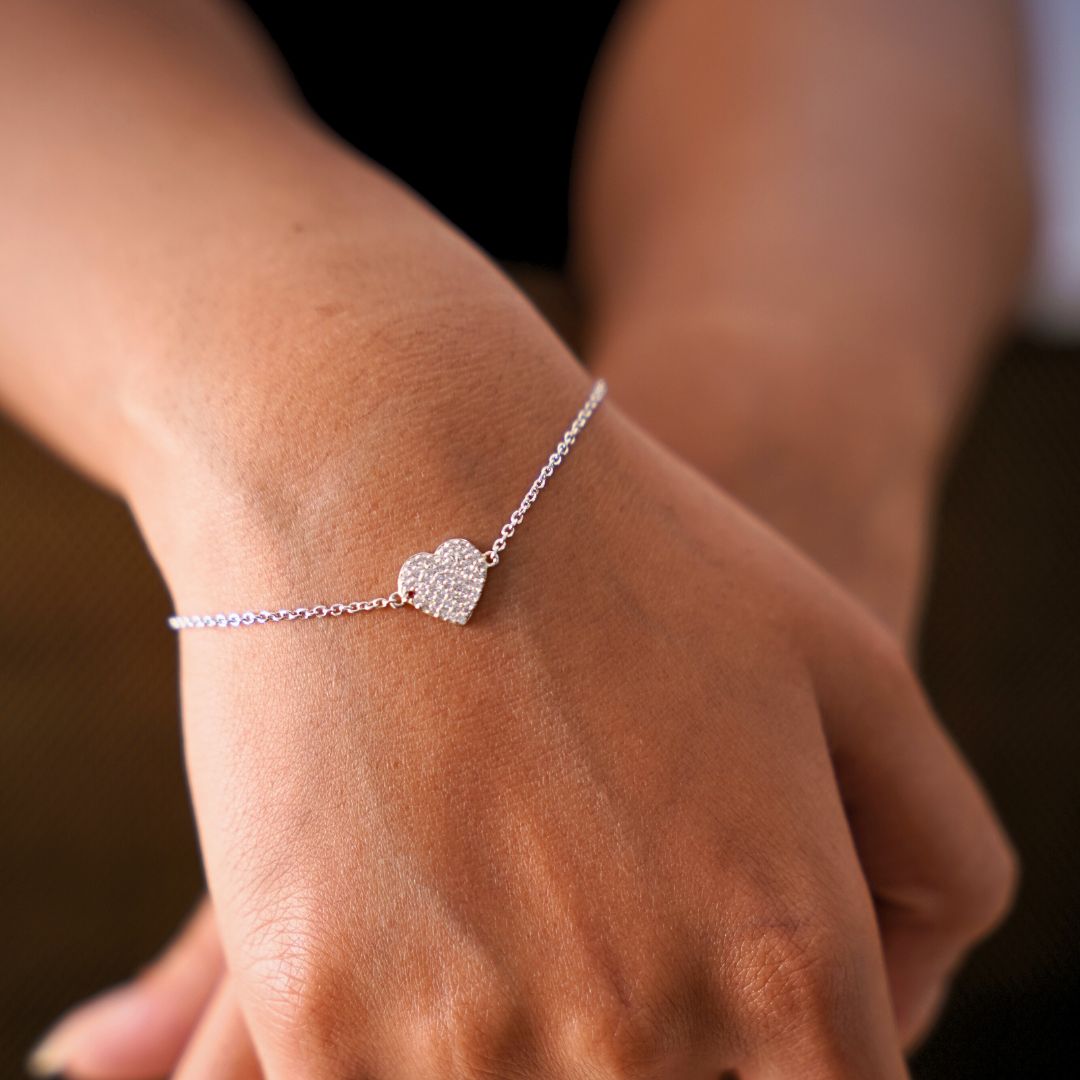
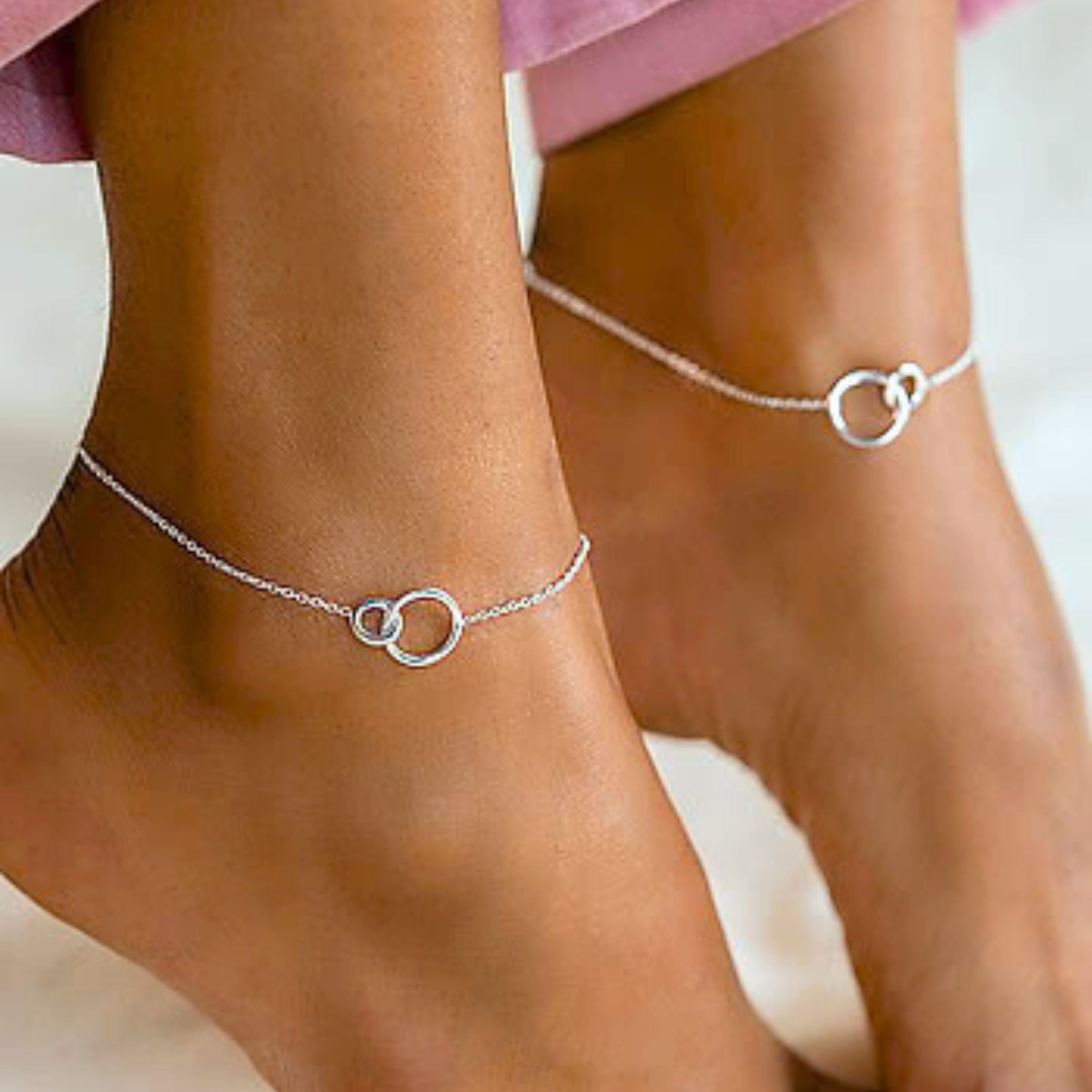
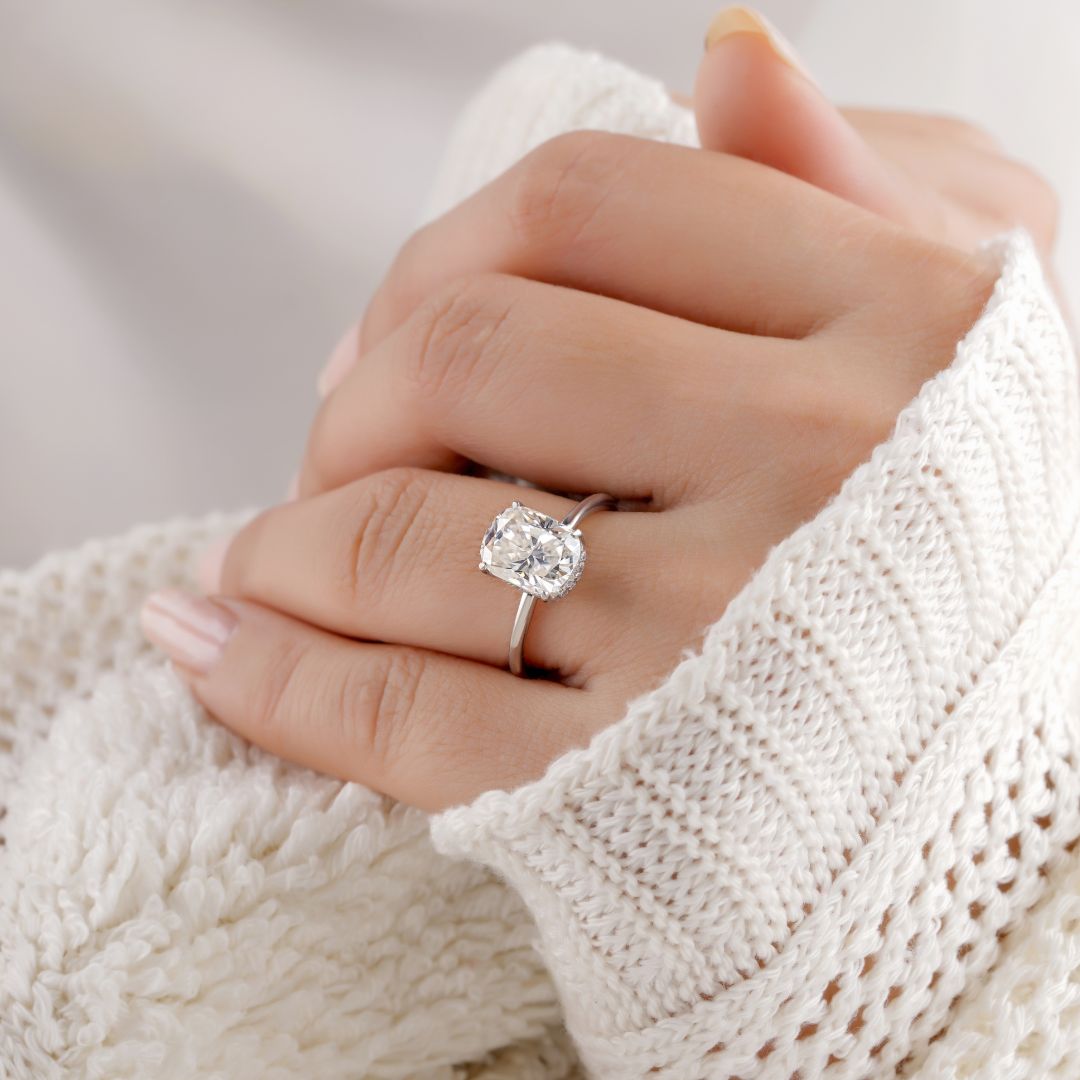





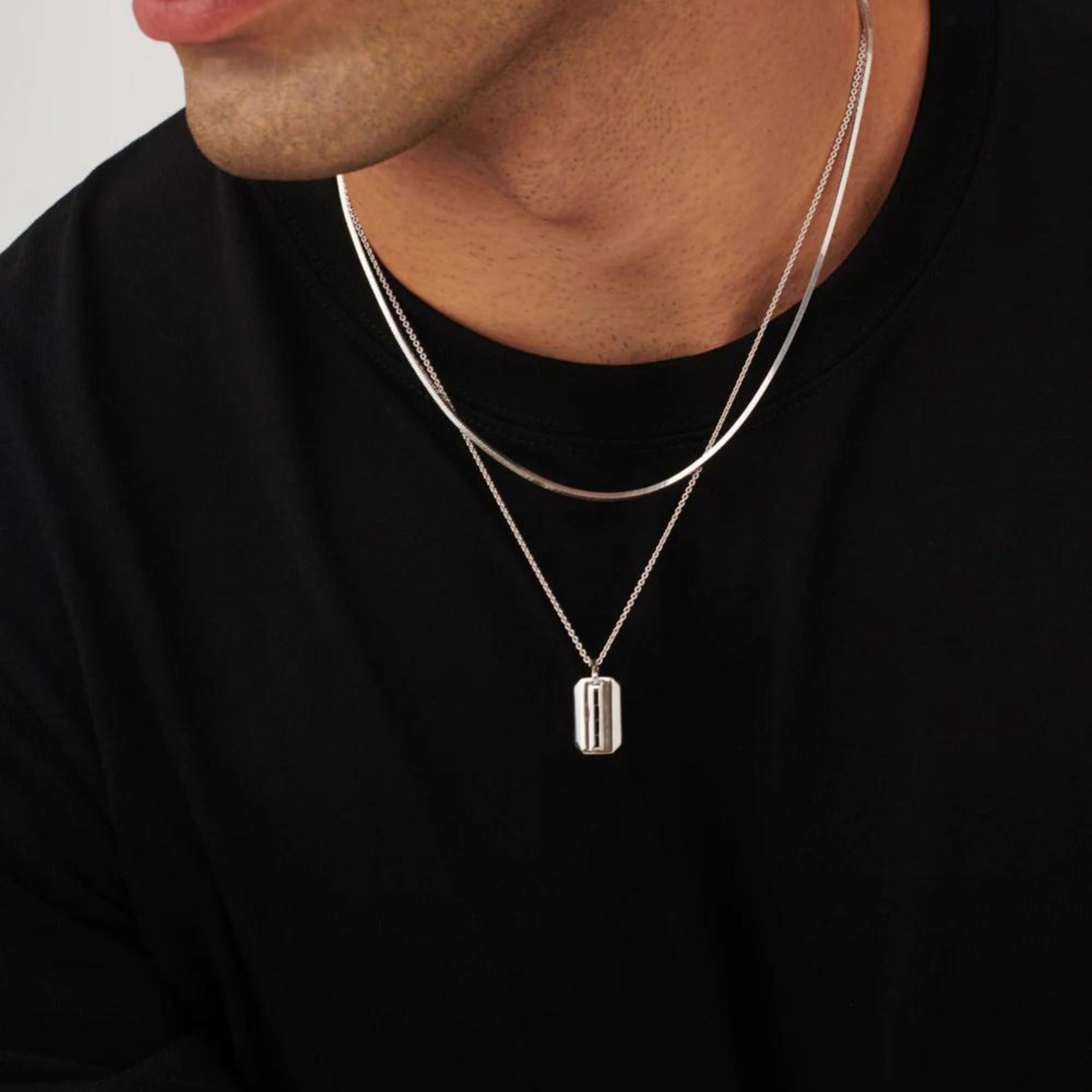
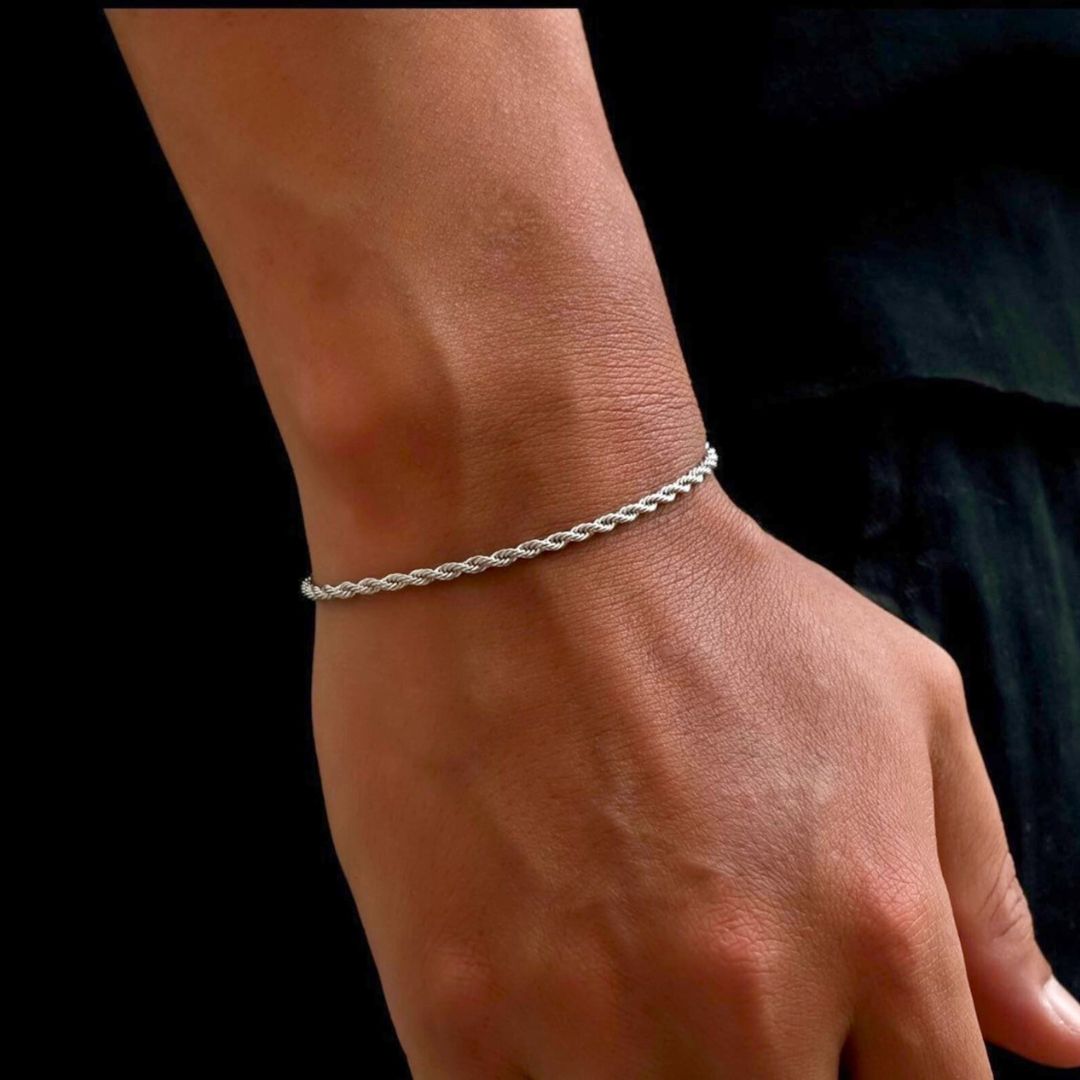


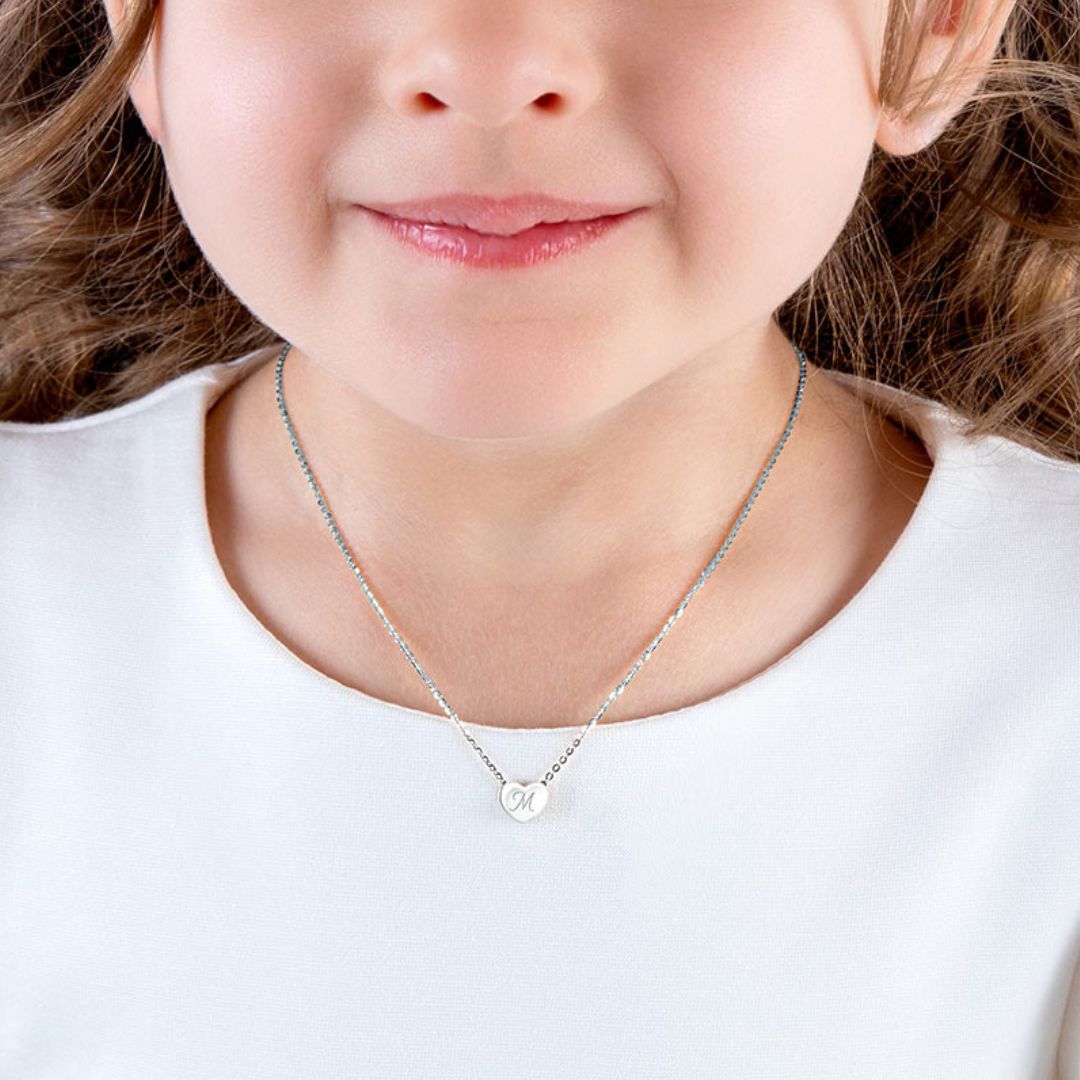


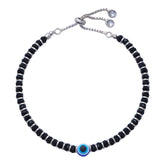





Leave a comment
All blog comments are checked prior to publishing